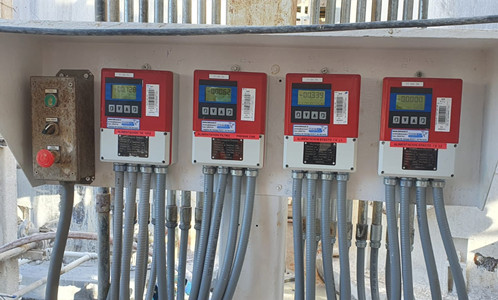How to Select a Magnetic Flow Meter
What is an magnetic flow meter? Magnetic flow meter, also known as electromagnetic flow meter, or magflow meter, works based on Faraday’s principle of electromagnetic induction. It measures the flow of fluids with conductivity greater than 5 us/cm according to the electromotive force induced by the conductive fluid passing through an external magnetic field.
We specialize in the R&D and production of magnetic flow meters. Various types and sizes are provided and they are widely used in petroleum, chemical, metallurgical, water supply and water treatment… There are no moving and blocking parts in the measuring tube, and the lossless measurement is not affected by the density, viscosity, etc. of the medium. To make sure the measuring effect and life time is as what we designed, the selection of lining materials and electrode materials is critical.

We should choose a magnetic flow meter based on the measured medium, parameters required and working applications:
1. Accuracy: choose the accuracy of magnetic flow meter according to measurement requirements and application occasions. Considering the budget, if there is no need to buy a high accuracy, then we can choose a lower accuracy since the higher accuracy is, the more expensive the flow meter is.
2. Flow meter diameter: choose according to the flow rate of the medium to be measured or the diameter of the pipe.
3. Electrode material: The electrode material should be selected according to the corrosion resistance of the measuring medium, and the electrode should not have surface effects. Generally, 316L or Hastelloy is more commonly used.
4. Lining material: select the appropriate lining material according to the corrosiveness of the medium to be measured and the size of impurities. Commonly used lining materials are rubbers, fluoroplastics and ceramics.
For more selection suggestions, please consult us and we will provide you with professional tips and reliable magnetic flow meters.





